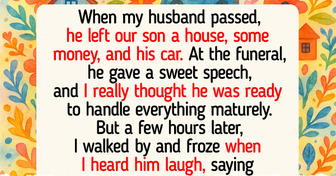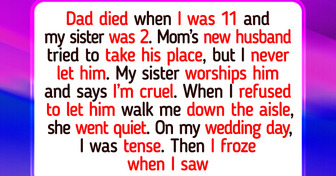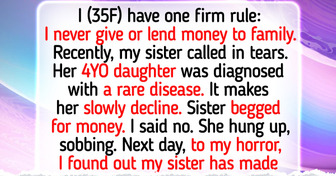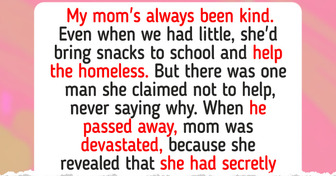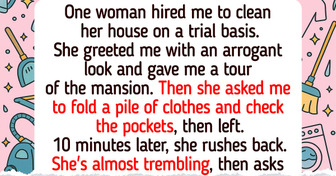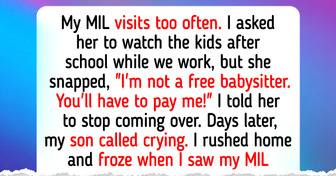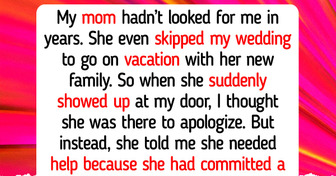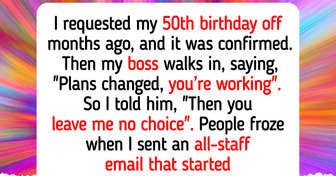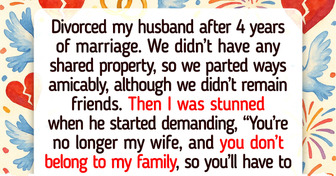15 Moments That Prove Quiet Kindness Still Holds the World Together
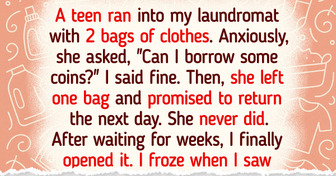
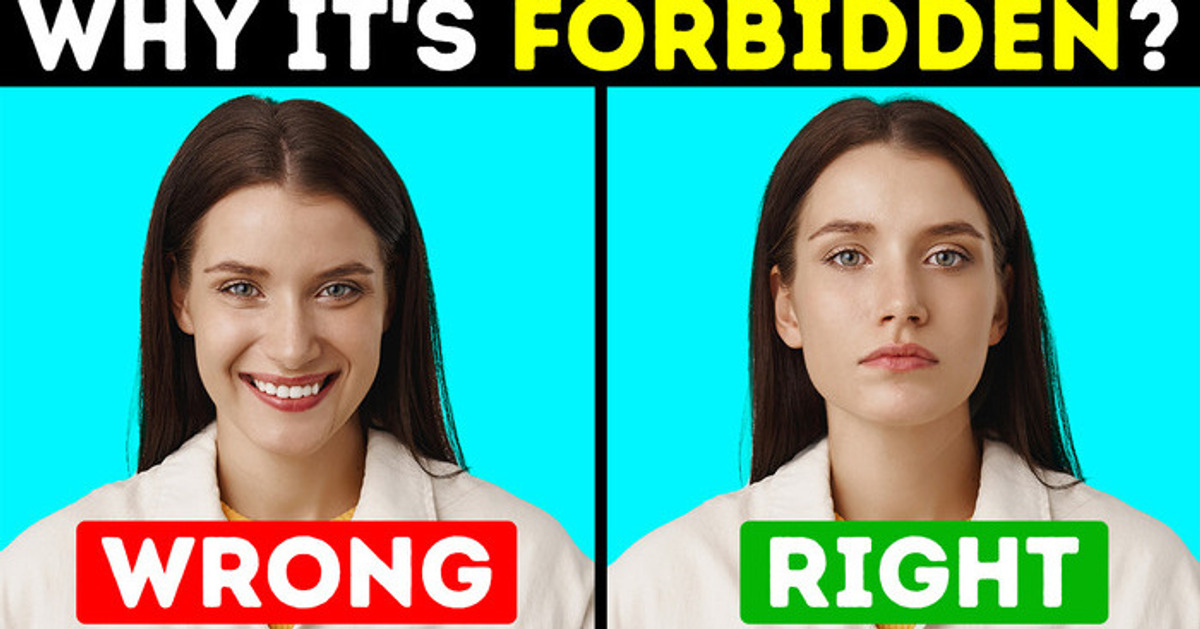
Good news for sourpusses! In some countries, you aren’t allowed to smile in your driver’s license photo. With technology moving forward, there’s a new advanced system that takes driver’s license photos. And it’s not just a regular 2D photo of you.
The system analyzes different areas of your face and encrypts the data. To make it easier for facial recognition software to scan your face, you need to have a neutral expression. You’ll also likely be asked to remove your glasses if you wear them. By the way, If you had your picture taken to be put on the side of a cup of coffee, would that be a Mug Shot?
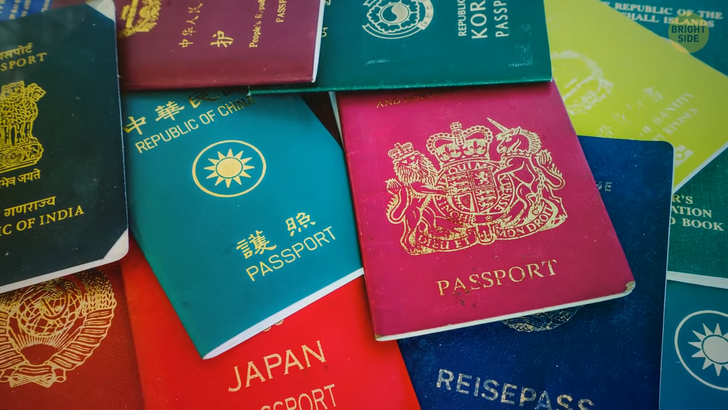
There are only four passport colors in the world: blue, red, green, and black. The shades vary, but overall, it’s just these four. There are no official regulations regarding what color the passport of a particular country should be. Countries just go for these colors, especially darker shades, because they look more official. The US can start issuing bright yellow passports tomorrow if they feel like doing it. But yellow passports might not look that classy.
By the way, American passports weren’t always blue. In 1918, they were brown. But in 1926, they became red. In 1941, the color was changed to green. And only in 1976, the passport color was set as blue. But why blue? The color of the passport is now the same shade as the star field in the American flag.
Speaking of colors, that’s why tennis balls are yellow. At first, they were black or white, and the color depended on the color of the court. Only in 1972, the International Tennis Federation made it a rule to use the yellow balls we know today. Bright greenish-yellow is the most visible color to the human eye. People watching tennis on TV spot balls of this color very fast. This hue is also called “optic yellow.” It’s often used for road signs.

School buses are yellow for a similar reason — to make them stand out. The human eye is more likely to catch a yellow color than, say, red. Also, yellow is visible in the dark, in the mist, and on a rainy day. The color of the bus isn’t actually yellow — it’s also a bit of orange. This shade even has an official name, “National School Bus Glossy Yellow.” Ooh. The same is true for cabs. They’re painted yellow to make you see them easily, even on a rainy day.
The rubber the tires are made of is actually milky white. But to make the rubber stronger and increase its durability, producers add carbon black. It gives the tire its signature color. You’ve probably noticed those little rubber hairs on car or bike tires. The strangest thing about them is that they don’t have any purpose. They appear during the process of making a tire.
So, first, rubber gets mixed with carbon black and put in a tire mold. Then, it gets spread all over the mold under high air pressure. But to make a good tire, you need to spread the rubber in such a way that it covers all the surfaces of the mold without missing any areas. But there is a problem: air bubbles can form between the mold and the rubber.
To make sure it doesn’t happen, and all extra air has an opportunity to escape, the tire mold has little holes all over it. Some rubber gets into these holes. And once the tire is ready and pulled out of the mold, the rubber from the holes ends up as those little hairs. No one cares enough to remove them because that would mean additional work. And those hairs don’t cause any harm. So what if you have furry-looking tires, hmm?
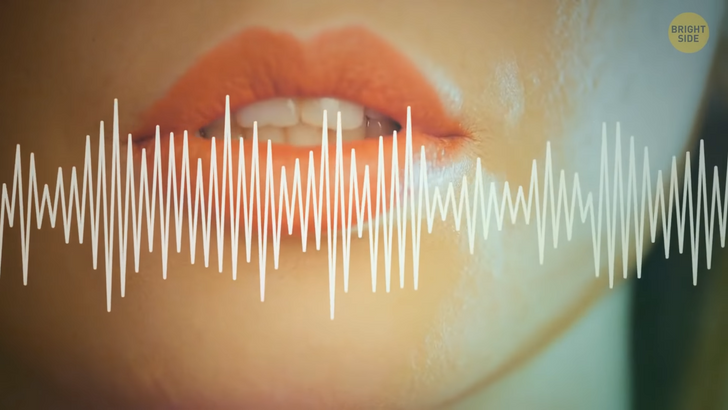
Most people don’t like the sound of their voice. Now, with tons of audio messages we send, it’s getting better. But 10 years ago, people were kinda freaking out every time they got to hear a recording of their own voice. There’s a fancy term for not liking your own voice — Voice confrontation. This phenomenon is very common — partially because you hear your own voice differently and are used to it.
The real sound of your voice is more high-pitched and overall different. Plus, when you’re listening to your recorded voice, you hear more emotions in it. It might not be what you’ve been trying to convey. Your voice can even give away something you didn’t want to reveal. A study has also shown that people are more critical toward a voice when they know it’s theirs. People who heard the recording of their voice among other recordings and didn’t know which voice belonged to them rated their own voice way higher.
So take a look at aluminum foil. One of its sides is always shiny, and the other is a bit dull. When the foil is produced, it gets flattened with special rollers. But the foil is so thin the rollers can easily tear it. So they take two layers at a time. The sides facing the roller end up shiny. And those that faced each other are dull.
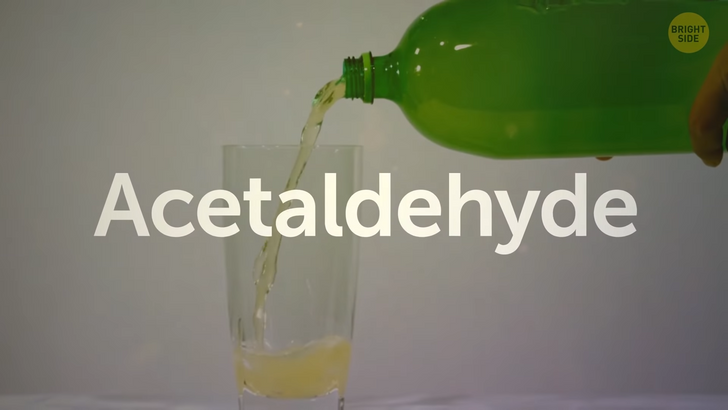
Canned and bottled soda taste different. Chemists say that it’s because aluminum cans have a polymer layer that absorbs some of the soda’s taste. And some chemicals plastic bottles contain can add some acetaldehyde to the drink. Acetaldehyde — that’s today’s secret word. It’s a byproduct that forms when plastic gets melted. It can also slightly change the taste of your soda. When you drink soda from a glass bottle, the taste is the closest to what it’s supposed to be.
You’ve heard a new song that you really like. Here’s what happens next — you start listening to it on repeat, over and over again, for hours or even days on end. It continues until you get so sick and tired of it that you stop listening to it altogether. The main reason why it happens is, of course, because you like the song and want to hear it again. But there’s something else here: the more you listen to it, the more familiar the song becomes.
Soon, you can predict the tune and the lyrics — and you can sing along. Now, listening to the song becomes an even greater pleasure. But your brain likes challenges. Once you know the song, there’s nothing surprising about it anymore. You don’t have anything new to learn, and it suddenly becomes too predictable. You get bored of it and don’t want to listen to it anymore.
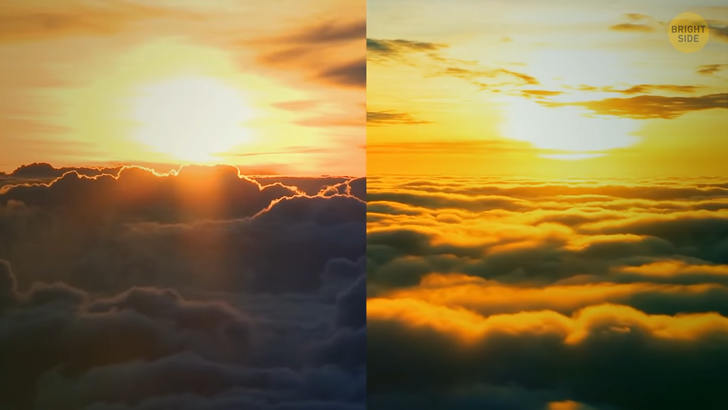
Sunsets and sunrises are pretty much the same — the sun setting behind or rising up from the horizon. Still, they look slightly different — even though you can’t always tell what this difference is. The main reason is that at the end of the day, the air is more polluted. It contains more tiny particles that scatter light differently than at sunrise. There’s also a way to spot a fake sunrise in a movie.
Sometimes, movie-makers are too lazy to wake up early to film an actual sunrise. So, they film the sunset instead, and then time-reverse it. But there’s a catch: during a real sunrise, the sun moves up and to the right. But during the sunset, it moves down and to the left. So, when movie-makers record a sunset and time-reverse it, the sun moves up and to the left instead of up and to the right. Don’t you love catching movie goofs?
Some people have dark circles under their eyes when they’re tired. That’s because the skin under the eyes is very thin. And the blood vessels are very close to the surface there. If you lack sleep, your skin gets paler. And the blood vessels become even more visible. So you can see those “dark circles” showing through the skin. Also, with age, the skin naturally gets thinner. That’s why older people tend to have dark circles more often. But if you’re young, just try to get more sleep.
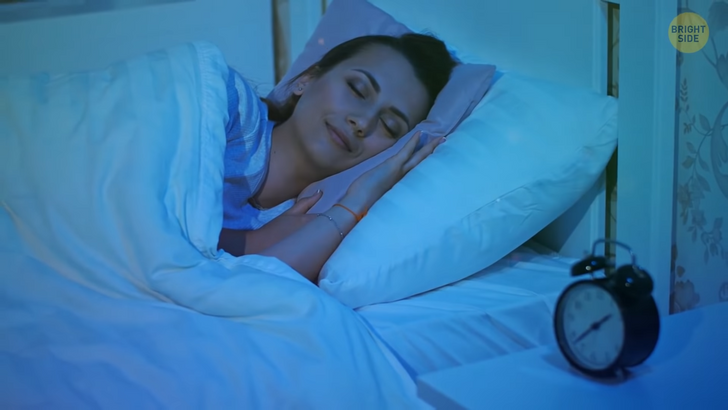
Everyone dreams. Even people who claim that they “never dream” do dream. They just never remember their dreams. Indeed, it’s difficult to recall your dreams once you wake up. Scientists still don’t know much about this phenomenon.
But they say that people dream during a certain sleep stage that lasts around 90 minutes. During this time, a person has an increased heart rate and higher blood pressure. And your brain behaves in the same way it does when you’re awake. If a person wakes up while going through this sleep stage, they can remember what they’ve been dreaming about — at least, for some time.
In the next several minutes, the dream steadily vanishes from your memory. And you can’t remember it again. Sometimes people can recall their dream later, but only if they see something that triggers this memory. For example, you notice a yellow fish in a fish tank. And suddenly, you remember that you were dreaming about being on vacation and snorkeling. Right before that shark attack. Nah, just kidding.

